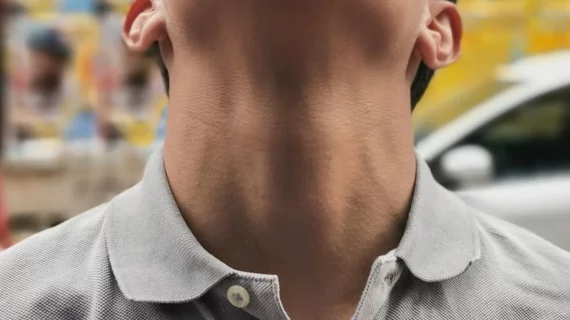New consensus guidelines for fluoroscopic swallow studies released
A new article in the Laryngoscope details the most recent and comprehensive consensus guidelines pertaining to best practices for the clinical use of fluoroscopic swallow studies.
The standards were provided by the American Broncho-Esophagological Association (ABEA), who received input from an expert development group comprised of otolaryngologists, radiologists and speech-language pathologists. The group pored over thousands of journal articles before settling on 211 that met their inclusion criteria. Following review, experts compiled a total of 40 consensus statements regarding best practices for fluoroscopic swallow studies.
The 40 evidence-based recommendations touch on everything from patient selection to study choice, radiation safety, clinical team dynamics, procedural techniques, study interpretations and more.
“This work has immediate ramifications on patient care. Clinicians all over the country and internationally have requested copies of the position statement to advocate for changes to their local institution’s swallowing fluoroscopy protocols to better serve their patients,” said Shumon Dhar, MD, Assistant Professor of Otolaryngology-Head and Neck Surgery at UT Southwestern, and co-authors of the paper.
Dhar, who is a fellowship-trained laryngologist and broncho-esophagologist at the UTSW Voice Center, indicated that more standardized swallow fluoroscopy practices could lead to more accurate diagnosis and treatment for patients who suffer from swallowing dysfunction.
The authors of the statements noted that although swallow study guidelines certainly exist, they lack consistency and standardization, and some include only minimal direction. Having a robust set of evidence-based guidelines comprised by professionals across a variety of specialties will allow providers to conduct the procedures “safely, efficiently and accurately.”
“Our consensus statements can guide the development of best practices for the use of swallowing fluoroscopy for adults in both outpatient and inpatient settings,” the statement concluded.
View the American Broncho-Esophagological Association Position Statement on Swallowing Fluoroscopy here.
More on fluoroscopy studies:
Radiologists don’t see eye-to-eye with other providers on fluoroscopic swallow studies
Cancer patient photographs his own radiation treatment, imaging scans
Institutional policy change cut annual oral contrast costs by 52%
Study finds roasted barley a superior contrast agent for imaging swallowing disorders

